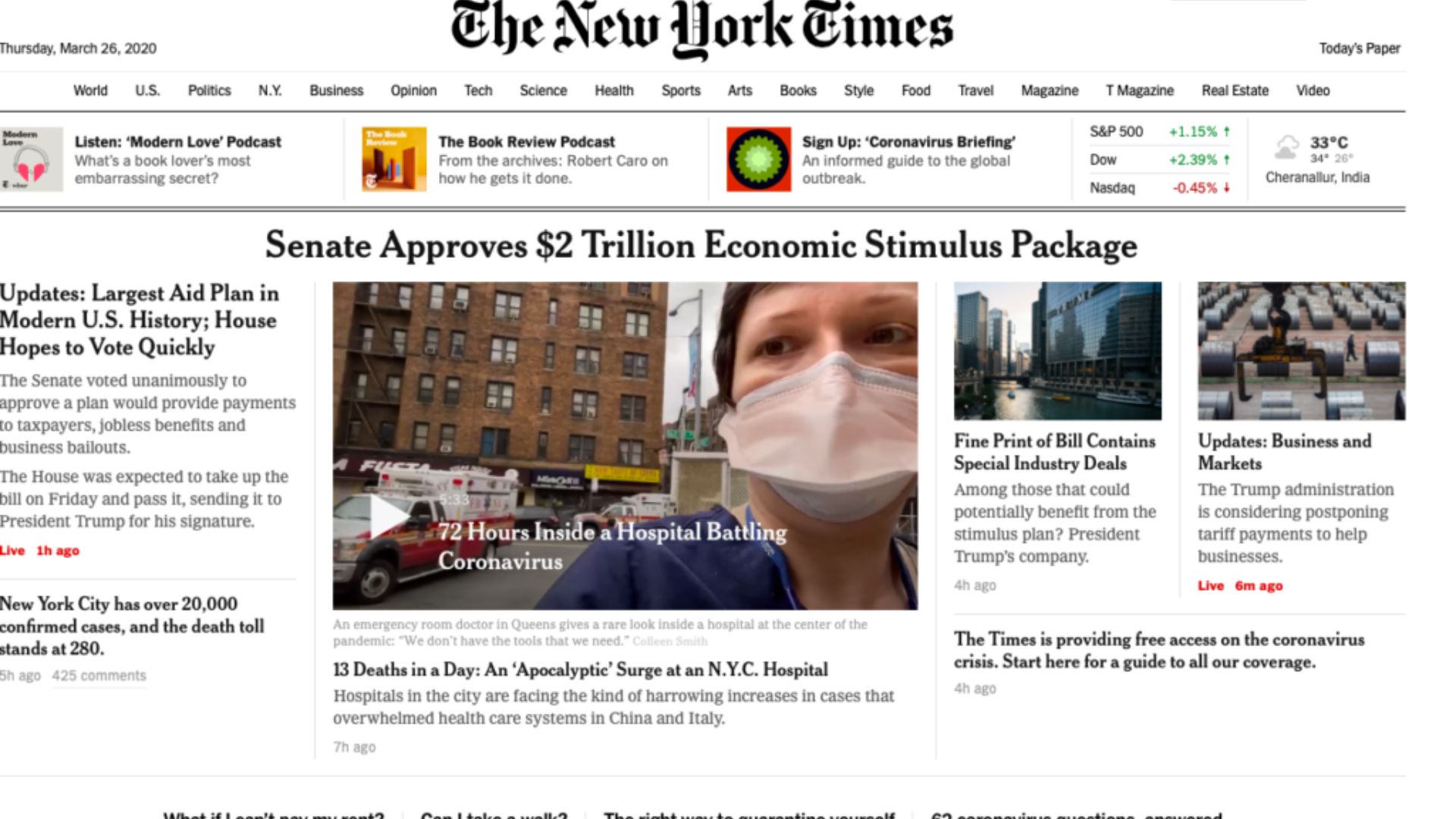Infographics play a significant role in web design and visual communication, offering a visually appealing and effective way to present complex information. Here are some key aspects highlighting the importance of infographics:
- Simplifying Complex Information: Infographics condense complex data or concepts into a visually digestible format. By using clear and concise visuals, icons, charts, and graphs, infographics help users understand and process information more easily. This simplification makes them particularly valuable when presenting facts, statistics, or comparisons.
- Visual Engagement: Infographics are inherently visually engaging, capturing users’ attention and encouraging them to explore further. The combination of colors, illustrations, and typography in infographics makes information more attractive and memorable, leading to increased user engagement and retention.
- Enhancing Storytelling: Infographics can be used to tell a compelling story or narrative. They provide a structured visual flow that guides users through a series of interconnected information points. By presenting information in a logical and visually appealing manner, infographics enhance the storytelling process, making it more persuasive and impactful.
- Data Visualization: Infographics are an excellent medium for presenting data in a visually meaningful way. Bar charts, pie charts, line graphs, and other visual elements help users quickly grasp the significance and patterns within the data. This improves data comprehension and facilitates effective communication of key insights.
- Versatility and Shareability: Infographics are highly versatile and shareable content assets. They can be easily embedded within websites, shared on social media platforms, or used as downloadable content. Their visual appeal and compact nature make them highly shareable, increasing their reach and potential to attract new audiences.
- SEO and Backlink Opportunities: Well-designed and informative infographics can attract backlinks from other websites, contributing to search engine optimization (SEO) efforts. When other websites link back to an infographic, it increases the website’s visibility, authority, and potential for organic traffic.
- Improving User Experience: Infographics improve the overall user experience by offering a visually pleasing and interactive way to consume information. They break up long-form content, making it more scannable and easier to navigate. This enhances user engagement and satisfaction, reducing bounce rates and improving time-on-page metrics.
- Branding and Recognition: Infographics provide an opportunity to showcase a brand’s visual identity and personality. By incorporating consistent colors, fonts, and design elements, infographics reinforce brand recognition and help differentiate a brand from competitors.
Infographics have the power to transform complex information into an engaging and easily understandable visual format. By leveraging infographics in web design and visual communication, businesses can effectively convey messages, enhance user experiences, drive engagement, and improve information retention.










